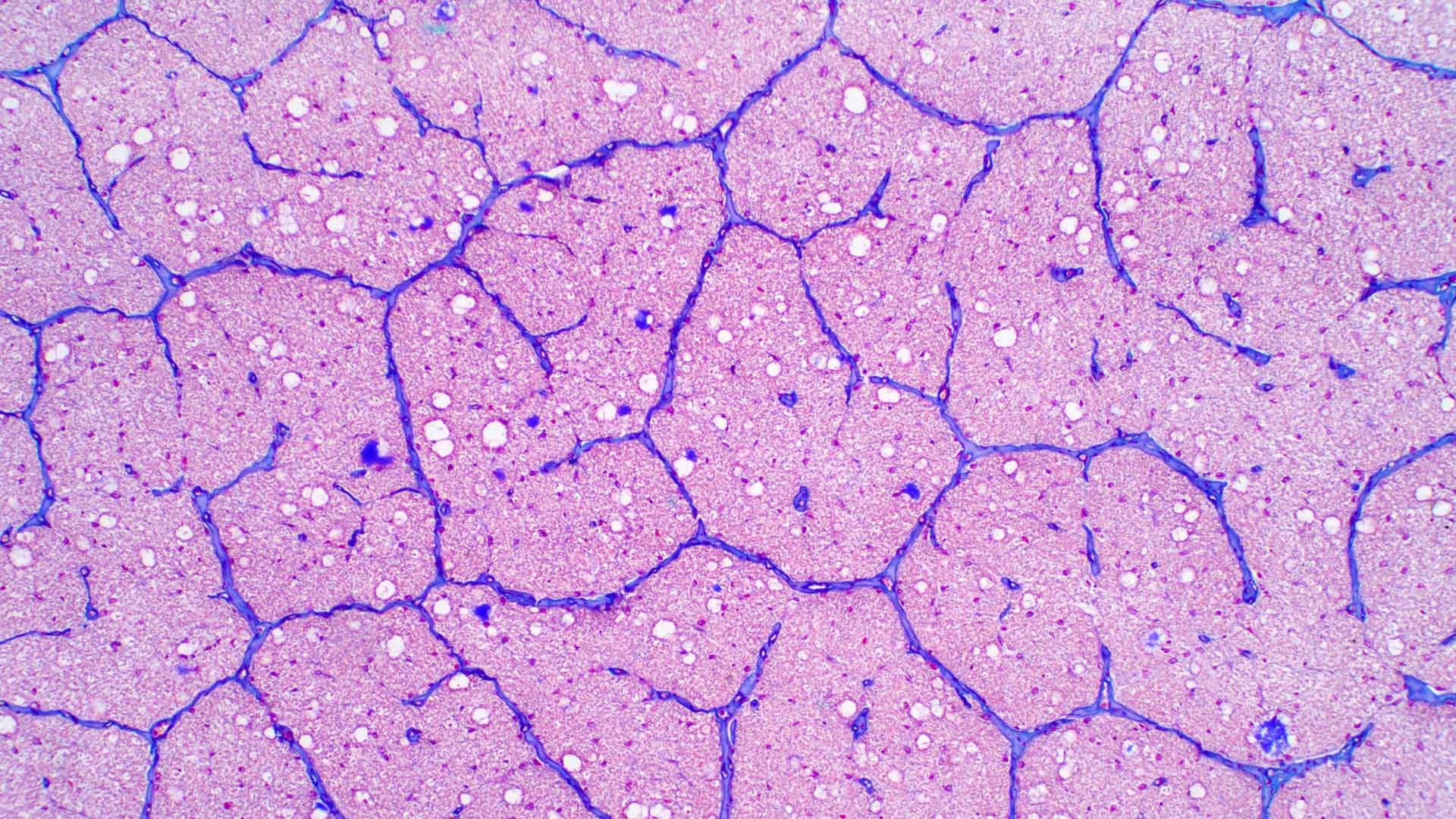Navigating the Pharma Deal Universe: Insights from JPM 2024 and the Road Ahead

With the end of JPM 2024, we reflect on the state of the pharma deal universe and look to a future of intense competition where only flawless execution will deliver success. consensus on the annual event, which traditionally kicks off and sets the tone for the year, seems to be moderately positive. We look beyond the headlines to anticipate future direction, with the context provided by the past.
Position of JPM in pharma M&A:
After a couple of quiet years, JPM is back with a steady flow of deal announcements but this followed a significant uptick in the deal flow in Q4 2023. A billion-dollar buyout announced just days before the event, demonstrates that deals are not waiting for JPM announcements anymore. Nonetheless, JPM is set remain a key event and serve as the year’s starting gun in large segments of our industry. Nonetheless, it is clear that companies are not waiting for JPM to announce their deals anymore,.
Deal analyses:
- As inrecent years,sub-$5B bolt-on deals have been the majority
- Oncology was prominently featured again, with the biggest deal by value being the $2B acquisition of Ambrx by J&J
- Similar to the Merck acquisition of Harpoon, such bolt-on deals provide access to buzzy platforms and, critically, center around assets with promising clinical data that are complementary to the buyer’s portfolio
- In December 2023, there were some large bets in neuroscience (Karuna at $14B and Cerevel at $8.7B). Though the interest in this therapeutic area remains strong, at JPM, there was more talk than action (MedTech acquirer Boston Scientific’s $3.4B deal on neuromodulation was the big news)
- Immunology is firmly back in vogue, with GSK’s $1B upfront payment to Aiolos providing a remarkable return for investors who launched the company with $245M in Series A funding round 10 weeks earlier
- Many are saying that, as different sides of the same coin, Immunology is the new oncology”. Accordingly, many of the learnings from immuno-oncology are being translated into immunology. The influx of CAR-T studies in SLE, driven by strong early data, is notable, as is the opportunistic expansion of Regeneron’s linvoseltamab program, in combination with dupilumab, into food allergy
- The utility and eventual impact of AI continues to divide opinions, but deals continue to flow in early stages, with both Isomorphic and Nvidia making headlines leading up to the event
Bottom line – Megamergers are a thing of the past, at least for now. The FTC’s attention, IRA’s implications on launch control and the cost of debt may all be weighing on this, but Pfizer-Seagen demonstrates the potential for big acquisitions when companies are the right fit. Pharma search and evaluation scouts continue to be highly active with asset-centric remit; at JPM 2024, Takeda described how “almost every biopharmaceutical company” was evaluating Nimbus at the time of its acquisition in 2022, even though the company had executed a down-round a few months earlier. Clinical data remain key enablers of deal-making, but valuations rely much more on circumstance, which is perhaps why the Novartis-Cytokinetics discussions (big rumor at JPM) never reached a transaction. The biotech downturn has resulted in a distillation in target companies, even as trend for pharma to fast follow peers into validated drug targets and markets continues. .
What does this mean for our biopharma partners?
The cyclical nature of our industry allows us to predict the future with some confidence. We see patent cliffs having a broad impact across Big Pharma, which, with >$1T in firepower to deploy, must now take on a pipeline restocking exercise. Healthcare VCs have raised over $90B over the last four years to drive innovation, and there are signs that the IPO market is opening up again. We anticipate that there will be growing competition and increasing valuations around mid-stage validated assets, especially pre-launch. With all pharma companies experiencing similar macroeconomic pressures, BD strategies are likely to be differentiated on portfolio management and R&D development.
Increased competitive intensity, decreased regulatory flexibility and increasing reimbursement challenges all mean that it is more important than ever to get BD, development, launch and lifecycle management right the first time. The winners will be those with the foresight to provide new drugs that are positively differentiated by data and customer perception. Contact Prescient today to see how our view of the dynamic present can inform your future, combining hindsight, insight and foresight..





